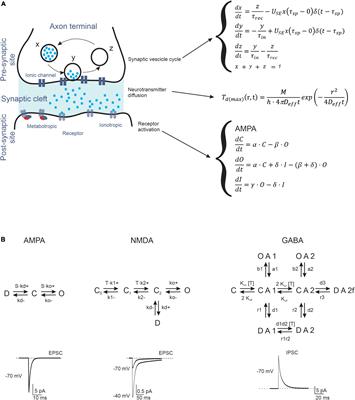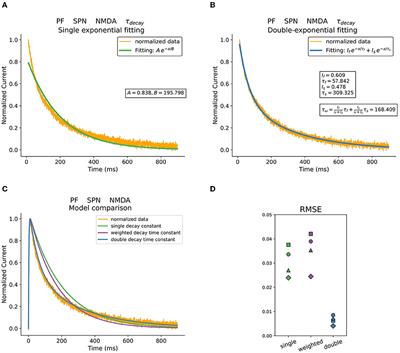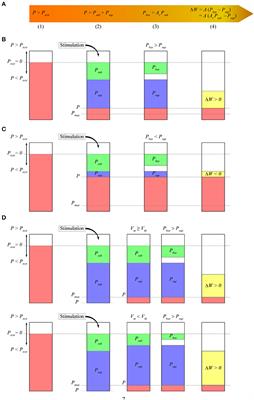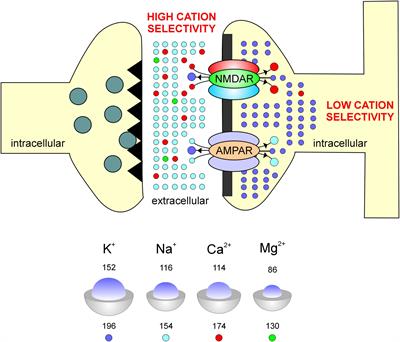REVIEW
Published on 28 Oct 2022
Computational models of neurotransmission at cerebellar synapses unveil the impact on network computation

doi 10.3389/fncom.2022.1006989
- 3,530 views
- 4 citations
4,922
Total downloads
46k
Total views and downloads
REVIEW
Published on 28 Oct 2022

METHODS
Published on 11 May 2022

ORIGINAL RESEARCH
Published on 21 Mar 2022

ORIGINAL RESEARCH
Published on 17 Feb 2022

ORIGINAL RESEARCH
Published on 29 Nov 2021

ORIGINAL RESEARCH
Published on 22 Oct 2021

ORIGINAL RESEARCH
Published on 01 Oct 2021

ORIGINAL RESEARCH
Published on 24 Feb 2021

